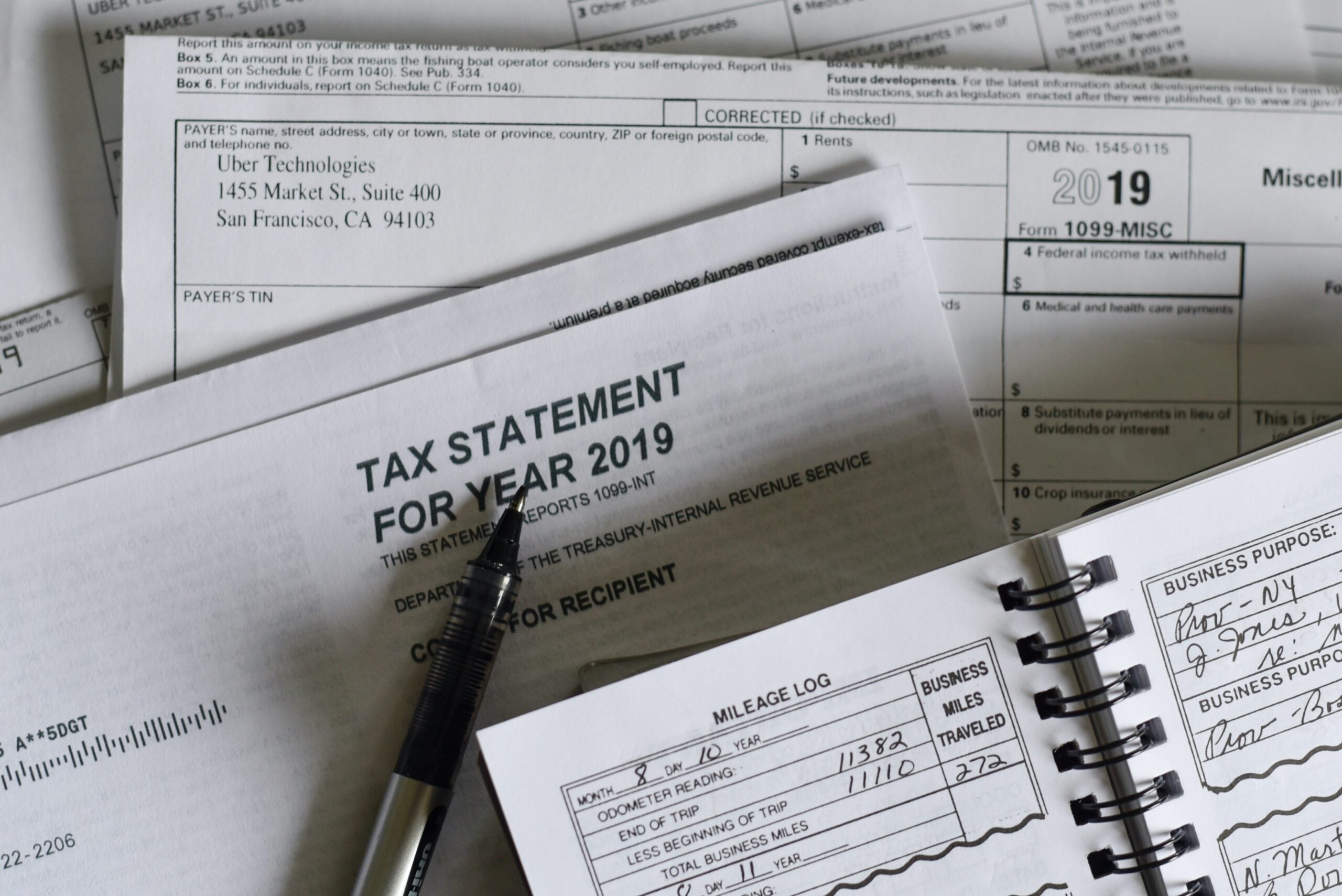
Wealth Taxation: An Overview of the Issues

SUMMARY:
Recent wealth tax proposals put forward by Democratic presidential candidates Senator Elizabeth Warren and Senator Bernie Sanders would impose an annual tax on the net worth of the wealthiest Americans. The proposed wealth tax rates are in the range of 2 to 8 percent per year. Although those tax rates might appear low, they are equivalent to high income tax rates because they are levied on an annual basis on a stock of wealth. Several European countries adopted wealth taxes, but many later repealed them due to administrative and compliance challenges, disappointing revenue yields, and emigration.
Viard argues that a wealth tax in the U.S. would pose administrative and constitutional challenges. As an economic matter, such a tax would decrease savings and investment, thereby lowering the capital stock, making workers less productive, and slowing wage growth. The potential revenue that would be gained is unclear. To the extent that policymakers wish to increase the progressivity of the tax code, many reforms could be made to the existing tax system, including eliminating provisions in the current tax code that allow unrealized capital gains to escape taxation.
KEY POINTS:
Interpreting Wealth Tax Rates
Although wealth tax rates of 6% or 8% may appear to be low, that appearance is deceiving because the tax is levied annually. A useful way to interpret wealth tax rates is to translate them into equivalent income tax rates. For a taxpayer holding a long-term bond with a fixed interest rate of 3% per year, a 6% per year wealth tax is equivalent to a 200% income tax because the tax equals 200% of the taxpayer’s interest income. Similarly, an 8% per year wealth tax is equivalent to a 267% income tax.
Progressivity and Wealth Concentration
The distribution of wealth in the U.S. is widely believed to have become more concentrated in recent decades. Recent estimates suggest the top 1% of households own between 31 to 42% of wealth in the U.S. Both proposals would apply to a relatively small number of households: the Warren wealth tax would apply to 75,000 households while the Sanders wealth tax would apply to 180,000 households. The taxes would therefore be highly progressive, falling on households with high ability to pay.
Many supporters of wealth taxation argue that the reduction of wealth concentration is inherently beneficial or that wealth concentration places too much political power in the hands of a small group. Viard argues that these normative statements do not provide a convincing rationale for wealth taxation.
Treatment of Wealth Under the Income Tax
Increasing the progressivity of income taxes may only go so far in increasing the tax burden of the wealthy because much of the income that accrues to the wealthy is generated through the appreciation of capital assets. The income tax system generally does not impose tax on a capital gain until it is realized through the sale of an asset. That tax deferral reduces the owner’s tax burden because a dollar paid tomorrow is worth less than a dollar paid today.
Moreover, if the owner dies without selling the asset, nobody ever pays income tax on the unrealized gain that accrued during the owner’s lifetime. Under the income tax system’s basis step-up provision, the owner’s heirs are treated as if they purchased the asset at its market value on the date of the owner’s death, so they are taxed (if they ever sell the asset) only on any gains that accrued after the owner’s death. A wealth tax would overcome the limitations of an income tax by directly taxing the asset’s value.
Saving and Investment
A wealth tax is intended to reduce the wealth accumulation of the taxed households and would almost certainly do so. A reduction in the households’ wealth accumulation is, by definition, a reduction in their saving. Because the government is unlikely to save all of the revenue raised by the tax, total national savings would likely be reduced. The reduction in national saving would be financed by a reduction in investment in factories, equipment, and other capital in the United States, by capital inflows from abroad, or by a combination of both. Less investment in the country would lead to a smaller capital stock, making workers less productive and lowering their wages over time. Workers would then ultimately bear a small part of the burden of the wealth tax.
Breadth of Tax Base
Warren and Sanders propose a broad wealth tax base, which would be the most economically efficient approach. International experience suggests, however, that it would be difficult to adopt a wealth tax with a broad base. The wealth tax base would likely be eroded through exemptions, which the wealthy could lobby Congress to enact. The exemptions would directly reduce wealth tax revenue. They would also encourage taxpayers to inefficiently shift their holdings from taxed assets to exempt assets, further reducing the revenue yield.
Administration, Avoidance, and Evasion
Under an annual wealth tax, the fair market values of all assets and liabilities would need to be determined each year for all households with wealth that is potentially above the exemption amount. Although bank accounts and publicly traded financial assets would be straightforward to value, assets that are not publicly traded, such as land, houses, privately held businesses, artwork, and furniture, would be more difficult to value. Taxpayers could conservatively value or flatly undervalue assets. Taxpayers might also illegally conceal assets. Taxpayers might shift their holdings toward assets that are easier to undervalue or conceal, including foreign assets.
Revenue Yield
Estimates of the potential revenue raised from a wealth tax vary widely, depending on the assumptions made about evasion and avoidance activity, and the breadth of the tax base.
Constitutional Questions
A wealth tax would face challenges under the constitutional requirement that all “direct” federal taxes, other than income taxes, be apportioned among the states based on population. Apportionment would be unattractive because it would require lower tax rates in states with higher per-capita wealth in order to equalize per-capita tax liabilities across states. Constitutional scholars disagree about whether a wealth tax is a direct tax that would have to be apportioned. Even if the apportionment requirement applied, it might be possible to sidestep it by modifying some features of the tax.
AUTHOR RECOMMENDATIONS:
In view of the difficulties that wealth taxes would face, it would be more prudent to pursue any desired increase in the taxation of affluent households through income tax changes, including changes to the taxation of capital gains. The basis step-up rule could be replaced by a basis carry-over rule, so that when heirs (or their heirs, and so on) sell an asset, they would pay income tax on all of the gains that have accrued since the asset was originally purchased, virtually guaranteeing that gains would eventually be taxed. A more dramatic step would be to adopt mark-to-market taxation for publicly traded assets, under which gains would be taxed each year as they accrued, even if the assets had not been sold. Gains on non-publicly-traded assets could be taxed when they were sold or when the owner died, with an interest charge to offset the advantages of the tax deferral. Gains could be taxed at ordinary income tax rates rather than the current preferential rates because the lock-in effect would be largely removed.